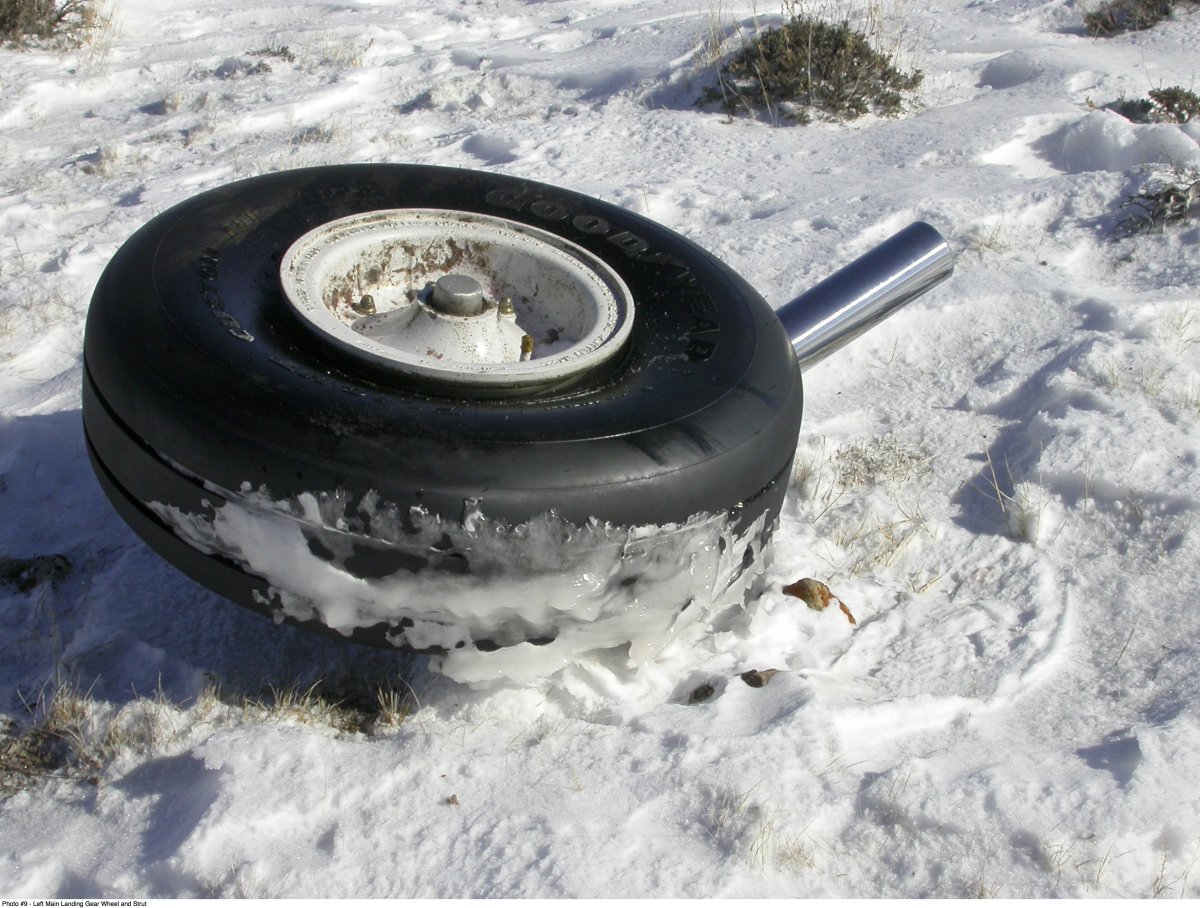
Airframe Icing
Perhaps no phenomenon challenges aviation the same way that icing does. It is quite mobile in both time and space, often transient, and its aerodynamic effects are highly dependent on temperature, liquid water content, droplet diameter, wing chord length, nominal airfoil pressure distribution, and certainly angle of attack. Degradations along the linear portion of the lift curve are often barely perceptible. With adequate excess power, particularly in the form of jet thrust, it is often possible to stay on the linear portion of the curve and never discover how proximate the nonlinearity, or “cliff”, is to any particular flight phase or configuration. But when the angle of attack reaches that seemingly arbitrary point at which irregular flow separation is tripped by the ice accretion, the phrase “going off a cliff” may not be enough to describe the change in aircraft behavior.
There are a number of lessons learned that can be derived from a study of icing accidents. Contrary to popular opinion, few of the serious ones have anything to do with non-compliance with standard procedures, common practice or careless operation, and they are certainly not a function of inexperience; quite the opposite. Rather, they embody such things as:
- the pilot’s gross underestimation of the effects of an ice accretion, including premature flow separation, but particularly with respect to drag increases
- the failure to operate the ice protection system or, if operated, to operate it adequately
- a failure to follow the manufacturer’s recommendations with regard to speed and configuration in icing
- a delay in executing flight path changes, including diversions
- failing to deice prior to takeoff, or deicing with such devices as a broom or rope
- completing the deicing properly but then underestimating the fluid’s degradation over long taxi delays
- misinterpreting the aerodynamic warnings of an impending stall
- incorrect control inputs once the stall has begun to develop, and
- the general misinterpretation of successful experience, which leads to the normalization of deviance..

In the final analysis, many accidents have resulted from an under-appreciation of the role that angle of attack plays, not only in lift and drag but in flight control and stability.
That said, a considerable body of lore surrounding icing has been around for many, many years, in some cases without a great deal of merit. Some ideas have persisted from their original forms in very early research done between the world wars, such as the notion that frost is not dangerous, or that pilots can judge with safety which ice accretions are dangerous and which are not. The pages that follow provide access to a number of those early papers and accident reports, as well as selected contemporary research papers and accident investigations. Some of the early papers argue incorrect interpretations, but by no means all of them; indeed, some of them identify significant aspects often overlooked in typical pilot training. The later papers and reports generally achieve a much higher resolution of knowledge, thanks to much better experimental apparatus and procedures, and more sophisticated accident investigation techniques.
History is linear memory and, as such, beyond organization and indifferent to reason. The characteristic common to the modern man of reason is this loss of memory; lost or rather, denied as an uncontrollable element. And if it must be remembered, then that evocation of real events is always presented as either quaint or dangerous. The past, when it involves a failed system, disappears from the mind. The past is always ad hoc. The future is always optimistic, because it is available for unencumbered solutioneering. And the present lies helpless...just begging to be managed.
John Ralston Saul
Voltaire’s Bastards
1993
That said, a considerable body of lore surrounding icing has been around for many, many years, in some cases without a great deal of merit. Some ideas have persisted from their original forms in very early research done between the world wars, such as the notion that frost is not dangerous, or that pilots can judge with safety which ice accretions are dangerous and which are not. The pages that follow provide access to a number of those early papers and accident reports, as well as selected contemporary research papers and accident investigations. Some of the early papers argue incorrect interpretations, but by no means all of them; indeed, some of them identify significant aspects often overlooked in typical pilot training. The later papers and reports generally achieve a much higher resolution of knowledge, thanks to much better experimental apparatus and procedures, and more sophisticated accident investigation techniques.
History is linear memory and, as such, beyond organization and indifferent to reason. The characteristic common to the modern man of reason is this loss of memory; lost or rather, denied as an uncontrollable element. And if it must be remembered, then that evocation of real events is always presented as either quaint or dangerous. The past, when it involves a failed system, disappears from the mind. The past is always ad hoc. The future is always optimistic, because it is available for unencumbered solutioneering. And the present lies helpless...just begging to be managed.
John Ralston Saul
Voltaire’s Bastards
1993




